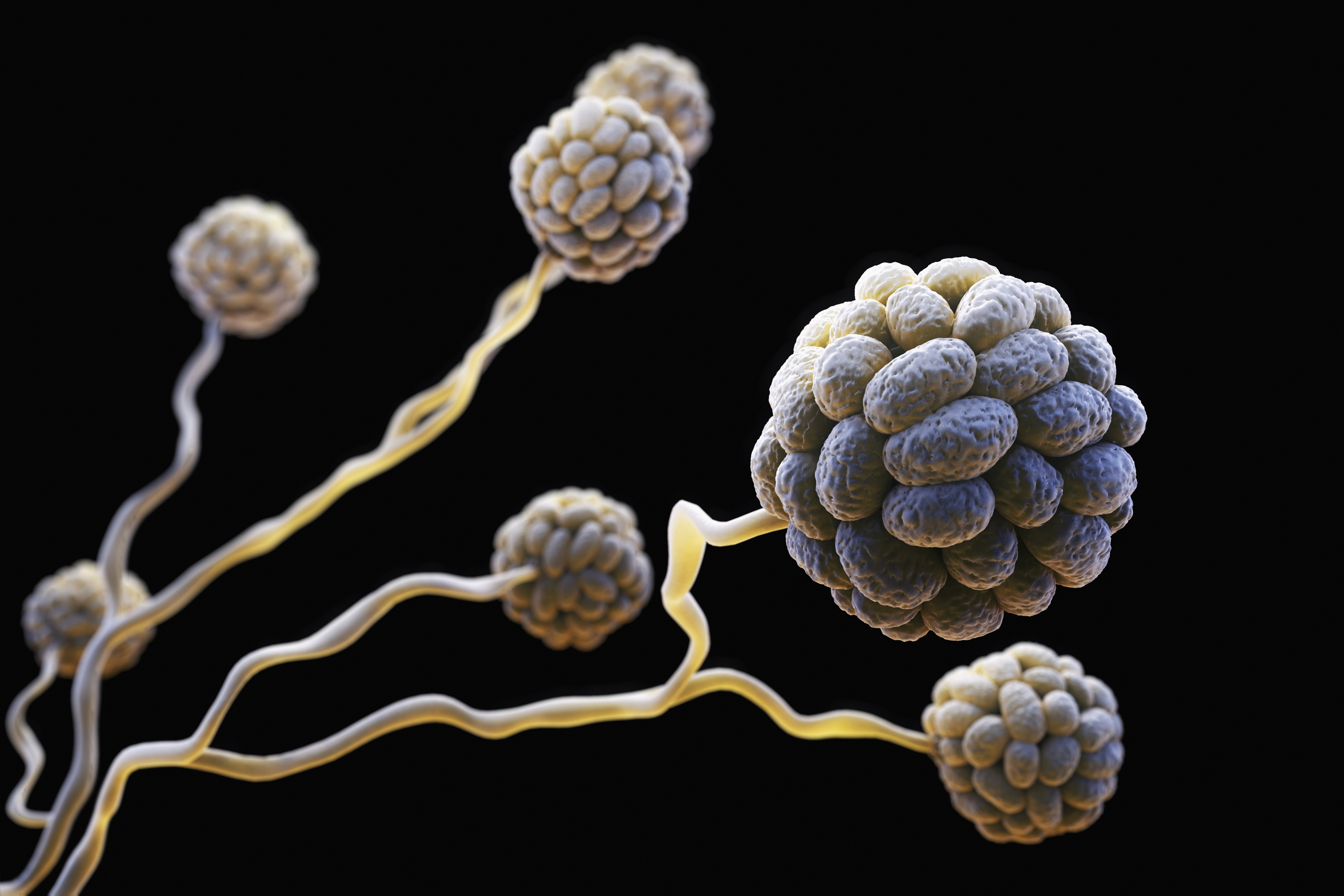


The spores in the air naturally land on the sampling surface by gravity or wind ( Cordo et al., 2017 Aguayo et al., 2018 Schiro et al., 2018 Woo et al., 2018). Passive spore traps include filter papers or microscope slides coated with an adhesive matrix, mounted onto a support. One of the ways which cereal fungal pathogens can spread to new hosts is via spore release into the atmosphere from infected plants or stubble ( Eversmeyer and Kramer, 1987 Suffert et al., 2011).Īerobiology studies applied to plant pathology have focused on fungal spore dispersal in the air by using passive or active spore traps as a sampling method ( Calderon et al., 1995 Cordo et al., 2017 Aguayo et al., 2018 Schiro et al., 2018 Woo et al., 2018). In addition to yield loss Fusarium head blight (FHB) also contaminates grain with deoxynivalenol that is harmful to human and animal health ( Rocha et al., 2005). Yield losses in the UK due to Septoria tritici blotch (STB) caused by Zymoseptoria tritici are around 20% on average ( Fones and Gurr, 2015). ascospore release.Įvery year approximately 15 – 20% of wheat yields are lost due to fungal pathogens ( FAO, 2022 Figueroa et al., 2018). Whereas air temperature (☌) negatively affects Zymoseptoria spp. ascospore release show a positive correlation with relative humidity (%RH). Microscopic data from the spore traps was subsequently correlated with weather data to examine the conditions which promote ascospore release of Fusarium spp.
#SPORE MICROSCOPE SOFTWARE#
The metagenomic BLAST analysis showed a higher accuracy in terms of species-specific identification than the taxonomic tool software Kraken2 or microscopic analysis. Using metagenomic and BLAST analysis, 150 cereal pathogen species (33 different genera) were recorded on the spore trap tapes. , Blumeria graminis, Cladosporium spp., Fusarium spp., Puccinia spp., and Zymoseptoria spp.) were found using these techniques at all sites. Six major cereal fungal pathogen genera ( Alternaria spp. Spore traps were set up in four geographically distinct UK wheat fields (Carnoustie, Angus Bishop Burton, Yorkshire Swindon, Wiltshire and Lenham, Kent). We aimed to investigate the incidence of spores from major fungal pathogens of cereals in the field by comparing microscopic and metagenomic based approaches for spore identification. Fungal diseases such as Fusarium head blight, Septoria tritici blotch, spot blotch, tan spot, stripe rust, leaf rust, and powdery mildew cause serious yield losses in wheat and can impact quality. Wheat is one of the main staple food crops, and 775 million tonnes of wheat were produced worldwide in 2022. 4Institute for Life and Earth Sciences, School of Energy, Geosciences, Infrastructure and Society, Heriot-Watt University, Edinburgh, United Kingdom.3Department of Agriculture, Food and the Marine, Celbridge, Ireland.2School of Biology and Environmental Science and UCD Earth Institute, University College Dublin, Belfield, Ireland.1School of Agriculture & Food Science and UCD Earth Institute, University College Dublin, Belfield, Ireland.


 0 kommentar(er)
0 kommentar(er)
